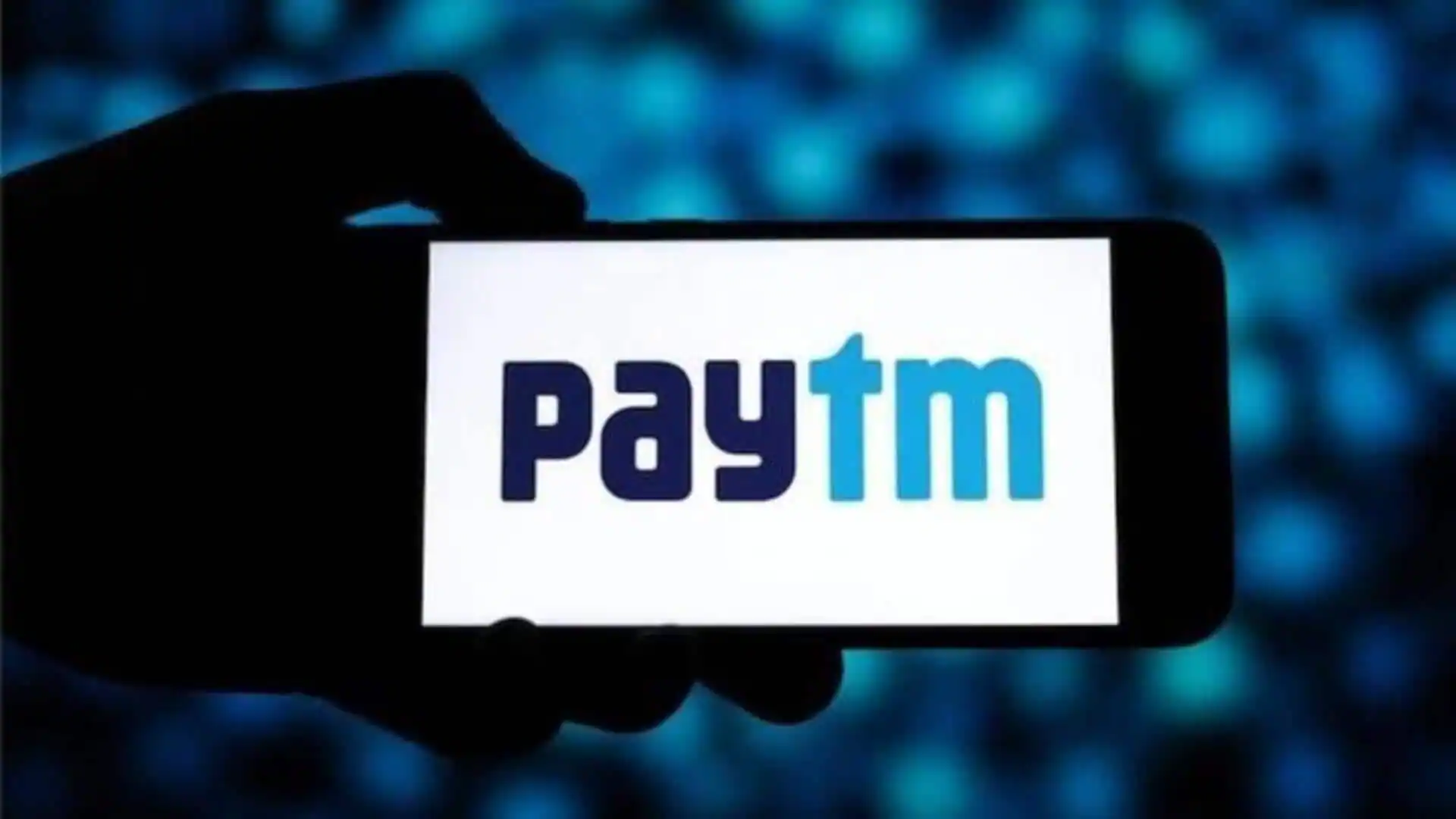India’s fintech sector is in the middle of a massive transformation, and Paytm, one of the country’s largest digital financial platforms, has just taken another big leap forward. The Reserve Bank of India (RBI) has granted in-principle approval to Paytm to operate as a Payment Aggregator (PA). This milestone marks a new phase in Paytm’s journey from being just a digital wallet to becoming a core pillar of India’s digital payments infrastructure.
In this blog, we’ll break down what this approval means, why it matters, how it impacts merchants and consumers, and what the future of India’s fintech ecosystem looks like with Paytm’s growing role.
What Is a Payment Aggregator (PA)?
To understand why this approval is a game-changer, let’s first decode the concept of a Payment Aggregator.
🔸 Definition: A payment aggregator is an entity that enables merchants to accept various forms of digital payments (UPI, credit/debit cards, wallets, net banking, BNPL, etc.) without the need for them to set up direct relationships with banks or card networks.
🔸 How It Works: Instead of every small business or startup negotiating with banks and card companies, the payment aggregator acts as a bridge. It collects payments from customers on behalf of merchants and then settles the amount into the merchants’ accounts after deducting fees.
🔸 Why It Matters: For merchants, it simplifies the process of digital adoption. For consumers, it provides a seamless payment experience. For regulators, it ensures standardization, accountability, and security in digital transactions.
Some well-known payment aggregators in India include Razorpay, PayU, Cashfree, and CCAvenue. With Paytm’s entry into this category, the competition will heat up significantly.
RBI’s Role in Regulating Payment Aggregators
The RBI introduced regulations for Payment Aggregators in 2020 to bring structure and accountability to India’s booming digital payments industry. The rules were framed to ensure that payment intermediaries follow strict guidelines on data security, merchant onboarding, fund settlement timelines, and capital adequacy.
Key RBI requirements for PAs:
🔸 Minimum net worth requirement of ₹25 crore (to ensure financial stability).
🔸 Stringent KYC norms for merchants to curb fraud.
🔸 Timely settlement of funds to merchants (usually within T+1 or T+2 days).
🔸 Data localization norms, meaning sensitive payment data must be stored in India.
Paytm’s approval signals that it has met or is on track to meet these conditions, positioning it alongside top-tier fintech players.
Why This Approval Is Significant for Paytm
Paytm has been under regulatory scrutiny in recent years, especially after RBI’s restrictions on Paytm Payments Bank due to compliance issues. This approval comes as a strong relief for the company and restores some confidence among investors and customers.
Here’s why it matters:
🔸 Diversification of Revenue – As a Payment Aggregator, Paytm can expand beyond wallets and UPI to offer full-stack payment solutions to businesses. This opens up new revenue streams through merchant fees and value-added services.
🔸 Boost for Merchant Ecosystem – Paytm already has a massive merchant network (over 30 million). With PA status, it can bundle services like QR codes, POS devices, invoicing, lending, and payment settlement under one umbrella.
🔸 Investor Confidence – With regulatory green lights, Paytm strengthens its position in India’s fintech landscape, especially at a time when compliance has become the make-or-break factor for survival.
🔸 Competitive Edge – Companies like Razorpay and PayU dominate the PA space, but Paytm’s brand recall, ecosystem play, and user base give it a unique advantage.
Impact on Merchants
For small and medium businesses (SMEs), this approval is particularly promising. Paytm can now:
🔸 Provide faster settlement cycles, giving merchants quicker access to working capital.
🔸 Offer all-in-one payment acceptance (UPI, cards, wallets, BNPL, net banking).
🔸 Integrate with Paytm’s other services, such as Paytm Soundbox, invoicing, loans, and insurance.
🔸 Enable easy digital onboarding for even the smallest vendors, increasing financial inclusion.
This move can empower millions of kiranas, startups, and MSMEs across India.
Impact on Consumers
For everyday users, the change may not be very visible, but indirectly it strengthens the ecosystem. Consumers can expect:
🔸 More reliable payment experiences with fewer transaction failures.
🔸 Better integration of payment methods across platforms.
🔸 More innovative merchant services (loyalty points, BNPL, cashback schemes).
🔸 Enhanced data security, since RBI’s PA framework is strict about compliance.
The Future of Paytm as a Payment Aggregator
The approval is in-principle, which means Paytm still has to meet final compliance checks before getting the full license. However, given its scale and infrastructure, Paytm is well-placed to operationalize this quickly.
Looking ahead:
🔸 Paytm could integrate AI-driven fraud detection into its PA services.
🔸 It may bundle financial products like loans, insurance, and wealth management for merchants.
🔸 With its huge data ecosystem, it can offer customized insights to businesses for growth.
🔸 Potential collaborations with global payment networks (Visa, Mastercard, Amex) could strengthen its international payments play.
This move also positions Paytm as a serious fintech infrastructure provider, not just a consumer-facing app.
Challenges Ahead
While the approval is a win, Paytm still faces hurdles:
🔸 Tough Competition – Razorpay, PayU, and Stripe already dominate merchant payments.
🔸 Regulatory Oversight – RBI has been tightening fintech rules. Any slip-up could result in penalties or restrictions.
🔸 Profitability Pressure – Payment aggregation is a low-margin business; Paytm must scale massively to make it profitable.
🔸 Merchant Trust – Given its payments bank issues, Paytm will have to rebuild trust with merchants and regulators.
Conclusion
Paytm’s in-principle RBI approval as a Payment Aggregator is more than just a regulatory green light – it’s a strategic comeback moment. It allows Paytm to expand its fintech role beyond consumer payments into the core infrastructure of digital commerce in India.
For merchants, it promises simplified, faster, and more secure digital payment solutions. For consumers, it indirectly ensures smoother, safer transactions. For India’s fintech sector, it means more competition, innovation, and financial inclusion.
If executed right, this move could mark the beginning of Paytm 2.0 – a phase where it cements its position not just as a payments app, but as one of India’s most influential fintech infrastructure providers.




